Dreamboat Annie by Heart
Buy Dreamboat Annie Heart, originally labeled the “female Led Zeppelin,” had an impressive debut with Dreamboat Annie. The album was appropriately released on Valentine’s Day in 1976. Produced by Mike Flicker, the album […]
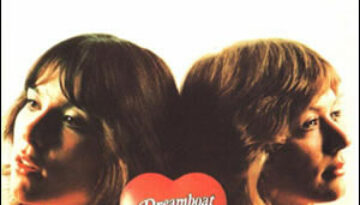
Buy Dreamboat Annie Heart, originally labeled the “female Led Zeppelin,” had an impressive debut with Dreamboat Annie. The album was appropriately released on Valentine’s Day in 1976. Produced by Mike Flicker, the album […]
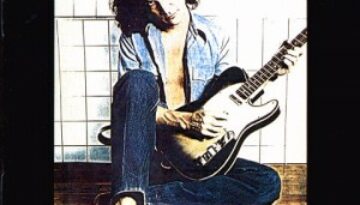
Buy Don’t Say No Bily Squier was an odd figure on the pantheon of rock. On the one hand, there is no doubt that he was a very talented vocalist with exception songwriting […]
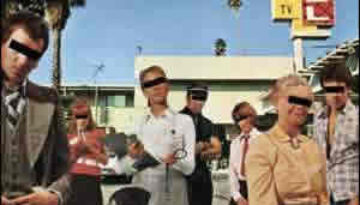
Buy Dirty Deeds Done Dirt Cheap Australian rockers AC/DC produced their third album, Dirty Deeds Done Dirt Cheap during the summer of 1976 and released it in their home land in September of […]
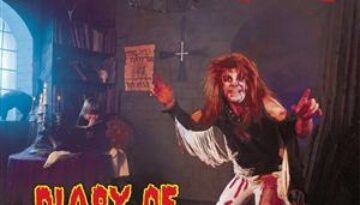
buy Diary of a Madman There is something pure about Ozzy Osbourne that makes him so endearing to his fiercely loyal fans. Without pretension, this big, overbearing lug that just plugs away at […]
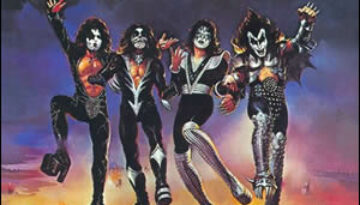
Buy Destroyer On the brink of mainstream success, glam rock band Kiss set out to create a serious studio album by enlisting Alice Cooper’s producer Bob Ezrin. In producing the band’s fourth album, […]
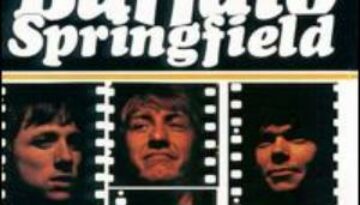
Buy Buffalo Springfield Buffalo Springfield was a very unique rock band. On the one hand, they were loaded with young talent who played together for a very short time in the late sixties […]
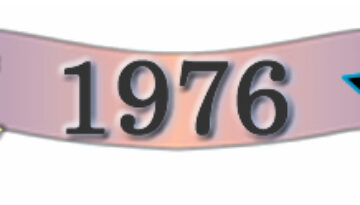
Buy Boston Although portrayed as a true “band”, Boston was really pretty much a solo project by engineer Tom Scholz. An M.I.T. graduate then working for Polaroid, Sholz built a home studio in […]
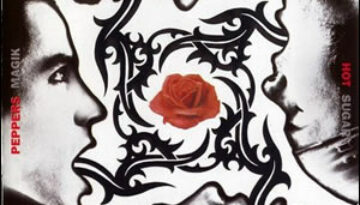
Buy Blood Sugar Sex Magik Just as the Red Hot Chili peppers were starting to break out in the late 1980s, two of the band’s members were struggling mightily with drug abuse. One […]

Buy Blond On Blonde I had the pleasure of seeing Bob Dylan live over the summer. It was a great experience, which I wrote about for Modern Rock Review. So I jumped at […]

Buy Bella Donna After three albums with Fleetwood Mac, Stevie Nicks was doubtlessly the most recognizable figure in that popular and talented band. However, her actual participation as far as songwriting and lead […]